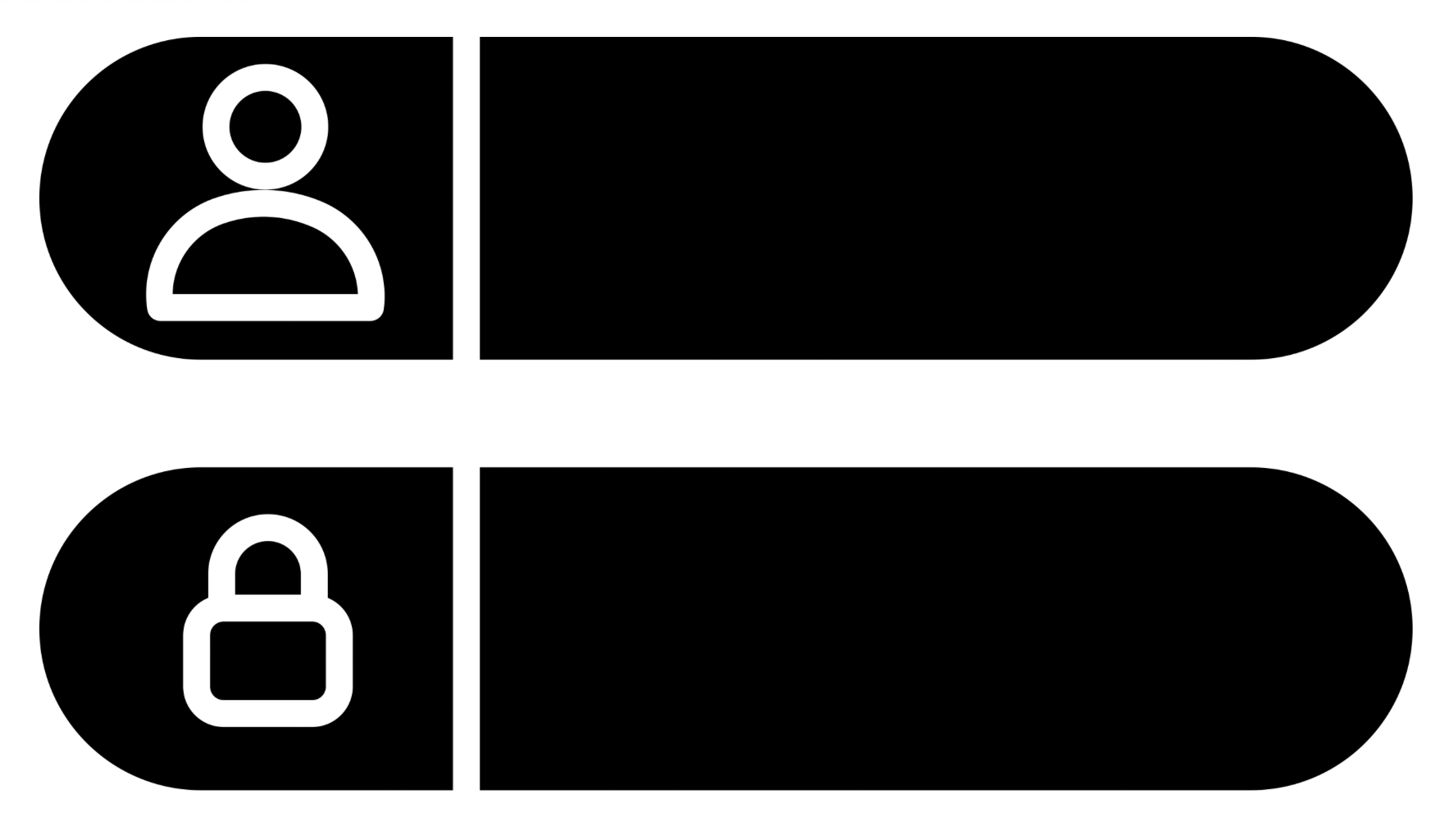Mastering the Ropes: Essential Sailing Knots
One of the fundamental skills every sailor should possess is the ability to tie essential knots. Properly securing lines and rigging not only ensures the safety of the vessel but also allows for efficient maneuvering on the water. In this blog post, we will explore the most important sailing knots that every beginner should know, empowering you to navigate the seas with confidence.
Bowline Knot
Often hailed as the "king of knots," the bowline is a versatile and reliable knot used for a variety of purposes in sailing. Its simple construction allows for quick tying and untying, and it forms a secure loop that is resistant to slipping or coming undone. The bowline is particularly useful for attaching sheets to sails, securing halyards, and creating fixed loops for various applications.
Clove Hitch
The clove hitch is a valuable knot for temporarily securing lines to posts, cleats, or other fixed objects. It is easily adjustable and can be quickly tied and untied. Sailors commonly use the clove hitch when docking or mooring, as it provides a secure hold that can be released swiftly when needed.
Figure 8 Knot
The figure eight knot is a simple yet reliable stopper knot that prevents lines from slipping through blocks, pulleys, or other openings. It is straightforward to tie and serves as an effective backup for securing important lines, such as halyards or sheets.
Cleat Hitch
The cleat hitch is an essential knot for securing lines to cleats, which are widely found on boats and docks. This knot provides a firm grip and can be easily released by lifting the line off the cleat. Mastering the cleat hitch is crucial for docking, mooring, and adjusting tension in various sailing situations.
Reef Knot or Square Knot
When it comes to joining two lines of equal size, the reef knot is the go-to choice. Also known as the square knot, it is simple to tie and untie, making it ideal for securing reef points in sails or joining lines temporarily. However, it is important to note that the reef knot should not be used for critical applications where safety is paramount.















